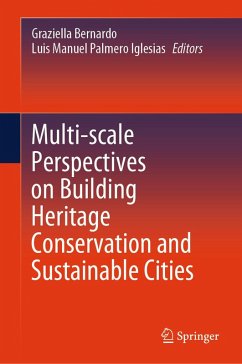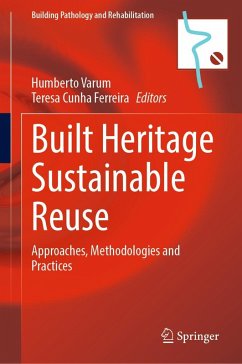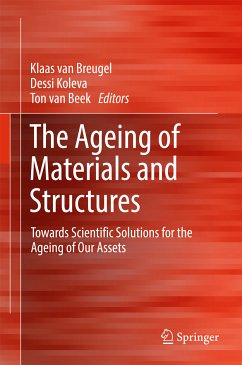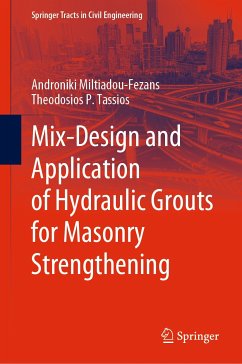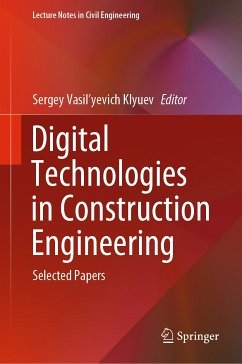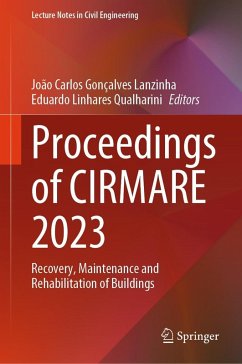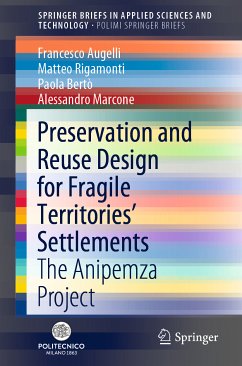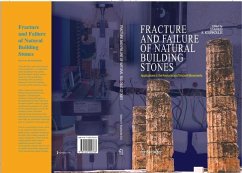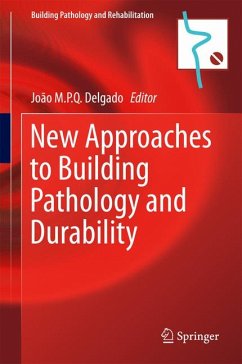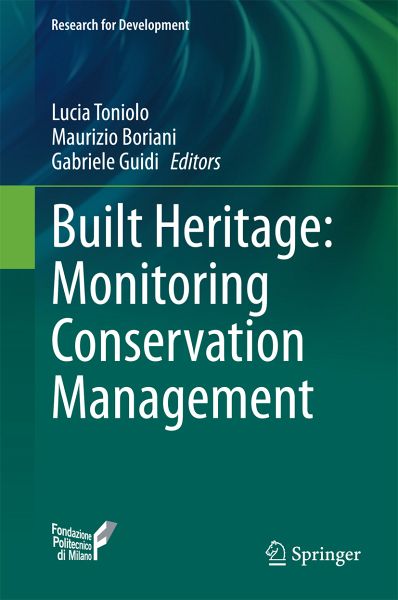
Built Heritage: Monitoring Conservation Management (eBook, PDF)
Versandkostenfrei!
Sofort per Download lieferbar
72,95 €
inkl. MwSt.
Weitere Ausgaben:

PAYBACK Punkte
36 °P sammeln!
This book provides a comprehensive, up-to-date overview on the most pressing issues in the conservation and management of archaeological, architectural, and urban landscapes. Multidisciplinary research is presented on a wide range of built heritage sites, from archaeological ruins and historic centers through to twentieth century and industrial architectural heritage. The role of ICT and new technologies, including those used for digital archiving, surveying, modeling, and monitoring, is extensively discussed, in recognition of their importance for professionals working in the field. Detailed ...
This book provides a comprehensive, up-to-date overview on the most pressing issues in the conservation and management of archaeological, architectural, and urban landscapes. Multidisciplinary research is presented on a wide range of built heritage sites, from archaeological ruins and historic centers through to twentieth century and industrial architectural heritage. The role of ICT and new technologies, including those used for digital archiving, surveying, modeling, and monitoring, is extensively discussed, in recognition of their importance for professionals working in the field. Detailed attention is also paid to materials and treatments employed in preventive conservation and management. With contributions from leading experts, including university researchers, professionals, and policy makers, the book will be invaluable for all who seek to understand, and solve, the challenges face d in the protection and enhancement of the built heritage.
Dieser Download kann aus rechtlichen Gründen nur mit Rechnungsadresse in A, B, BG, CY, CZ, D, DK, EW, E, FIN, F, GR, HR, H, IRL, I, LT, L, LR, M, NL, PL, P, R, S, SLO, SK ausgeliefert werden.




